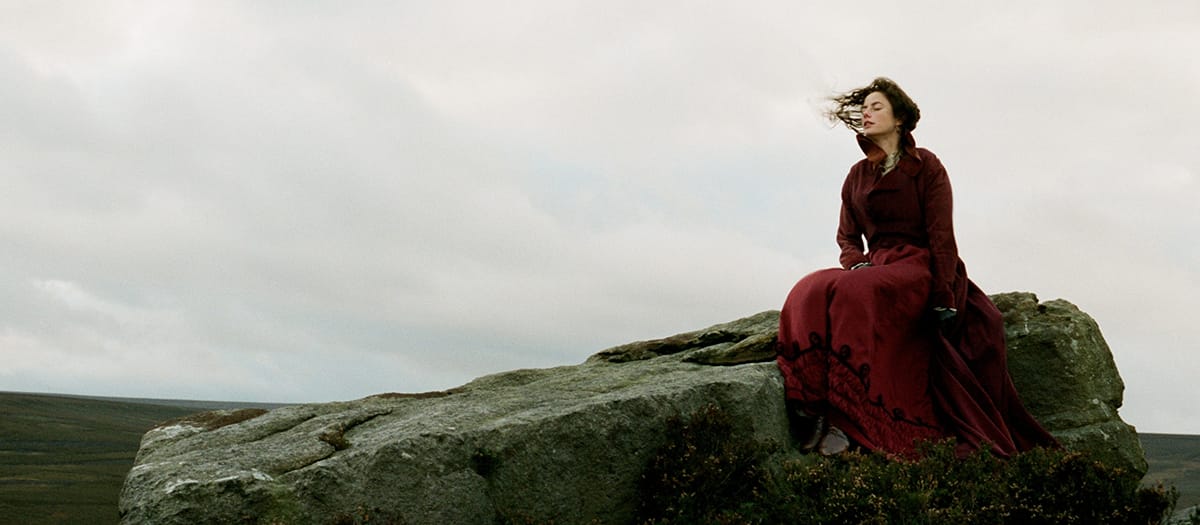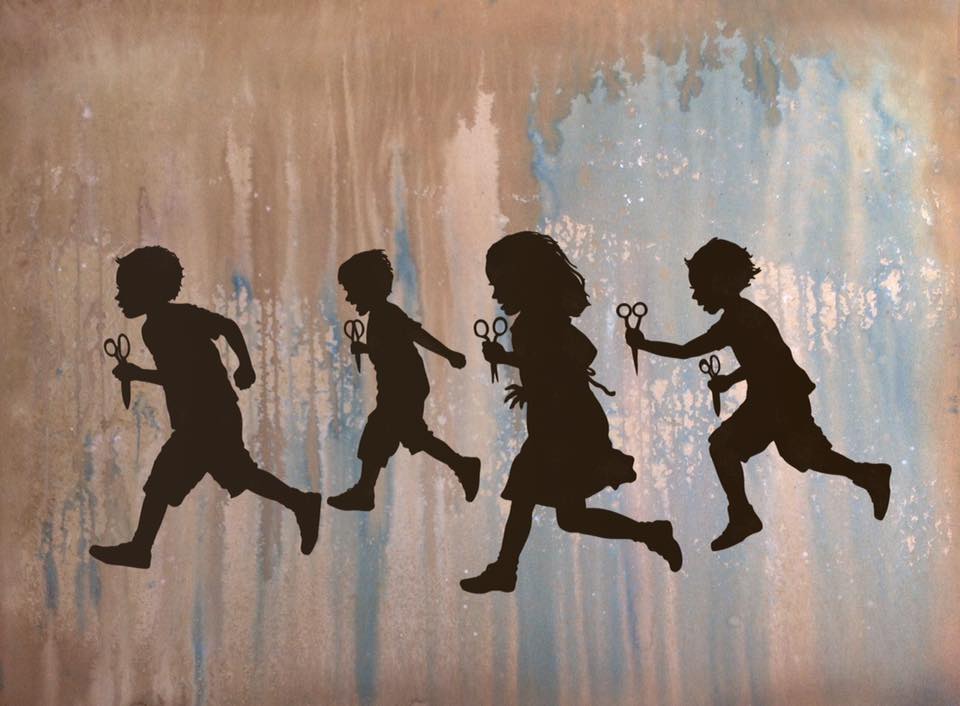Emily Brontë’s magnum opus, “Wuthering Heights,” published in 1847, is not merely a relic of Victorian literature but a profound exploration of the human condition, one that continues to illuminate the complexities of emotion and relational dynamics. While it might seem an unconventional choice for a teenage reading list, its multifaceted narrative offers an unparalleled opportunity for introspection and personal growth. Here are thirteen compelling reasons why “Wuthering Heights” should be embraced by every teenage girl, presenting a transformative literary journey.

1. Complex Female Protagonists
In an era when Victorian literature often confined female characters to secondary or submissive roles, Brontë’s Catherine Earnshaw and her daughter, Cathy Linton, transcend these limitations. Catherine’s fierce independence and Cathy’s struggle with her own identity offer a portrait of womanhood that defies patriarchal constraints. These characters, with their emotional intensity and profound inner lives, invite teenage girls to ponder the nature of selfhood and the power of personal autonomy.
2. Exploration of Passion and Desire
The novel delves into the very essence of passion—unrestrained, consuming, and often destructive. Brontë’s depiction of the tumultuous relationship between Catherine and Heathcliff serves as a mirror reflecting the raw, unfiltered nature of desire. This portrayal allows readers to confront their own feelings of love and longing, fostering a deeper understanding of the complexities inherent in human connections.
3. Themes of Independence and Self-Identity
Catherine Earnshaw’s battle between her own desires and societal expectations provides a nuanced exploration of self-identity. Her quest to reconcile her inner yearnings with external pressures resonates with the adolescent journey toward self-discovery. Teenage girls can find solace and inspiration in Catherine’s struggle for independence and authenticity, recognizing their own paths to self-realization.
4. A Bold Challenge to Traditional Gender Roles
“Wuthering Heights” is a radical departure from the conventional gender roles of its time. Brontë presents women who exhibit strength and defiance, and men who grapple with vulnerability and emotional turmoil. This subversion of traditional gender norms challenges readers to question and redefine the roles society imposes upon individuals, encouraging a more equitable understanding of gender dynamics.


5. Deep Emotional Resonance
The novel’s exploration of the darker facets of human emotion—jealousy, vengeance, and unrequited love—mirrors the intense feelings often experienced during adolescence. Brontë’s intricate portrayal of these emotions offers a cathartic experience for teenage readers, helping them to navigate and make sense of their own emotional landscapes.
6. A Unique Narrative Structure
The unconventional narrative structure of “Wuthering Heights,” with its nested narrators and shifting perspectives, invites readers into a complex web of storytelling. This layered approach not only engages readers in active interpretation but also reflects the multifaceted nature of human experience, challenging them to piece together the fragmented truths of the novel.
7. Lessons in Resilience
The characters’ experiences with adversity and their relentless pursuit of their desires illustrate profound lessons in resilience. The novel’s depiction of personal suffering and recovery underscores the strength required to overcome life’s challenges, serving as a powerful reminder of the importance of perseverance.
8. Rich Symbolism and Imagery
Brontë’s masterful use of symbolism and imagery—embodied in the desolate moors, the tempestuous weather, and the Gothic architecture of Wuthering Heights—creates a vivid and evocative setting that enhances the novel’s thematic depth. This rich tapestry of symbols invites readers to engage in literary analysis and appreciate the interplay between setting and theme.
9. A Reflection on Social Class and Power
The interplay of social class and power dynamics in “Wuthering Heights” provides a critical examination of societal structures. The novel’s depiction of class conflict and its effects on personal relationships prompt readers to reflect on issues of privilege, inequality, and the ways in which social hierarchies shape individual lives.

10. Emphasis on Personal Choice
The characters’ decisions and their subsequent consequences highlight the weight of personal choice. Brontë illustrates how individual actions reverberate through time, shaping destinies and altering relationships. This emphasis on the impact of choice encourages readers to consider the moral and ethical dimensions of their own decisions.
11. Confrontation of Darker Themes
“Wuthering Heights” does not shy away from exploring darker themes such as madness, revenge, and existential isolation. Engaging with these complex and unsettling topics allows teenage readers to confront and process the more challenging aspects of human existence, fostering a deeper understanding of the human psyche.
12. Rich Character Development
The depth and evolution of characters such as Heathcliff and Catherine provide a compelling study in psychological complexity. Brontë’s portrayal of these characters’ inner lives and motivations offers readers insight into the multifaceted nature of human behavior, enhancing their capacity for empathy and understanding.
13. A Timeless Classic
As a seminal work of English literature, “Wuthering Heights” has endured through the centuries, its themes and characters remaining relevant to contemporary readers. Its status as a timeless classic ensures that it continues to offer valuable insights and profound reflections on the human condition, making it a worthy and enduring addition to any reading list.

Contemporary Considerations
In the vibrant mosaic of teenage experience, “Wuthering Heights” serves as both a mirror and a guide. The novel’s intricate depiction of passion, self-discovery, and resilience resonates with the tumultuous journey of adolescence. It offers a rich tapestry of emotions and challenges that reflect the often unspoken complexities of growing up. For teenage girls navigating their own paths through the labyrinth of identity and relationships, Brontë’s narrative becomes more than a story—it becomes a companion in their quest for understanding.
As readers traverse the Gothic moors and the emotional turbulence of Wuthering Heights, they engage with a text that, while set in a distant past, speaks to timeless aspects of the human experience. The novel’s exploration of the consequences of passion, the struggle for self-identity, and the defiance of societal norms provides a powerful context for personal reflection. It challenges readers to confront their own desires, values, and aspirations, encouraging a journey toward greater self-awareness and empathy.
Ultimately, “Wuthering Heights” is not just a literary relic but a living, breathing exploration of the human heart. For teenage girls, it offers a transformative journey through the highs and lows of human emotion, the power of choice, and the quest for personal freedom. Engaging with this profound text allows readers to navigate their own emotional landscapes with greater depth and insight, making it an invaluable part of their literary and personal growth.









